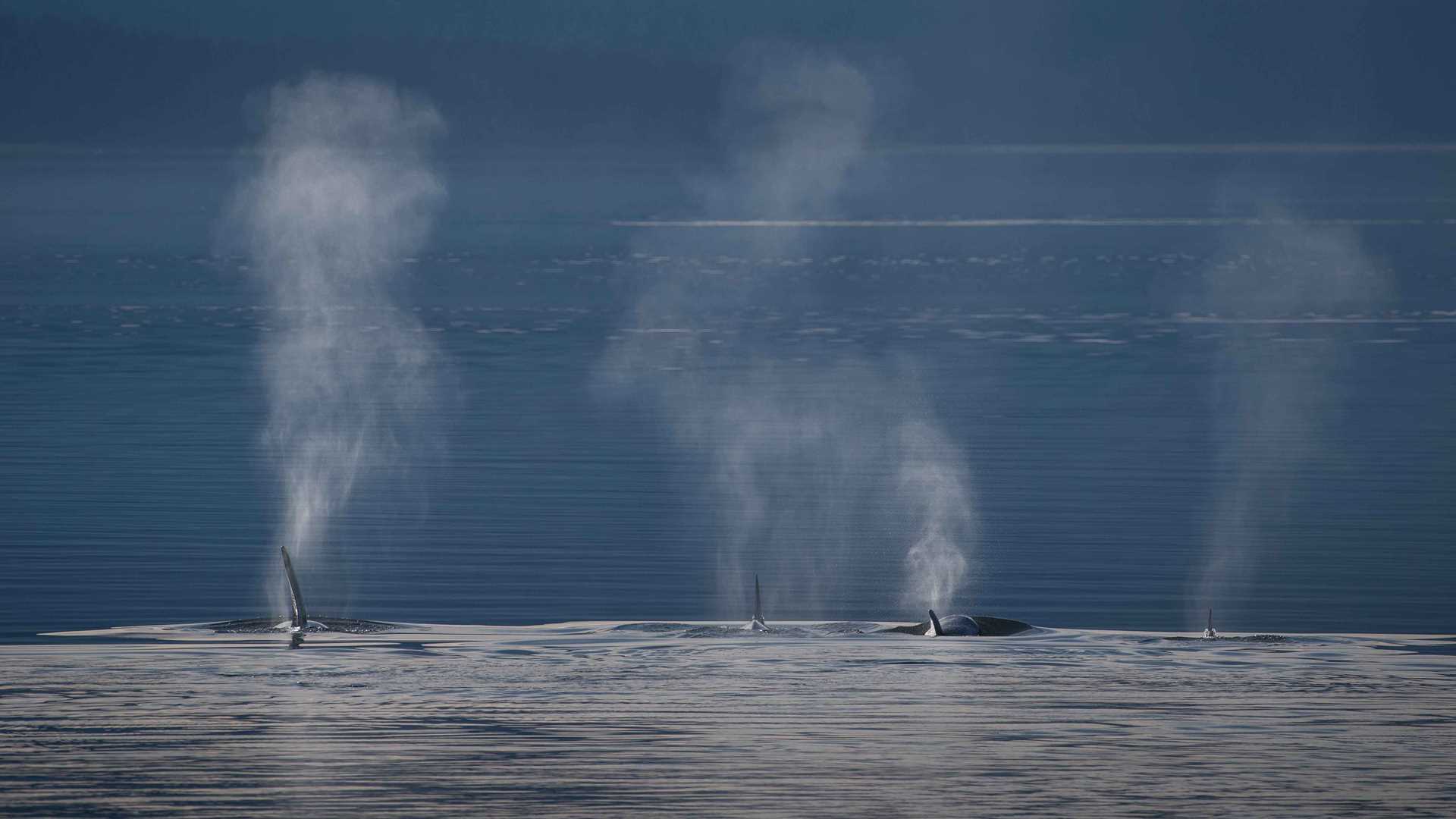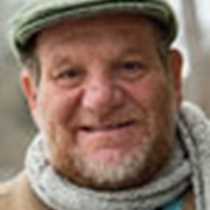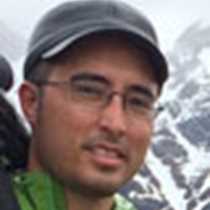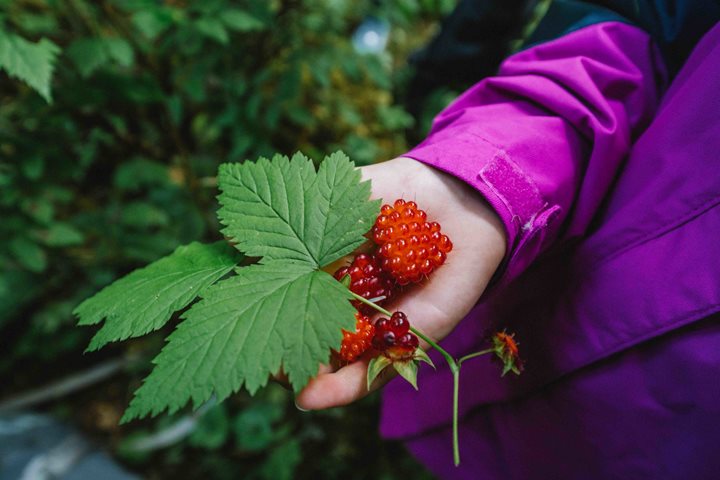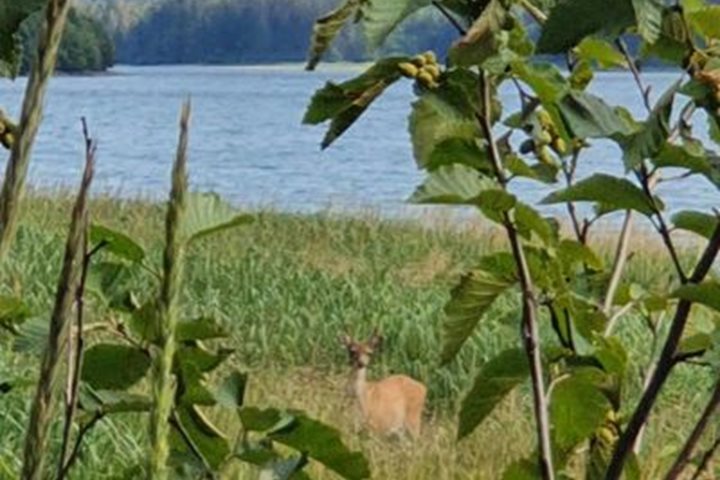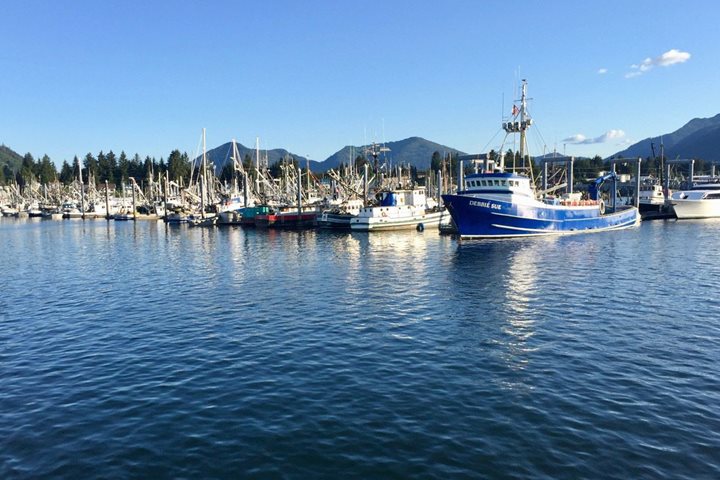It was a slow morning as our guests were quietly moving in and out of the lounge, gathering their morning coffee and heading back to their rooms before the day would officially begin. Then, in a moment, everything changed. Just moments before the actual wake-up call, a slightly earlier wake –up call came over the loudspeakers. Killer whales have been spotted ahead of the ship. As we all headed for the bow of the ship, the plumes of whale spouts could be seen in the distance. The early morning light was such that it was hard to see where the sea ended and the sky began. The blue monochrome made the whales and their spouts stand out from the background like a surealist painting which added to mood. Our second morning on board and already we had seen black bear, mountain goats, spectaculer glaciers, and now, killer whales. We watched for about a half hour when our expedition leader made the announcement that breakfast would be delayed to afford us the opportunity to watch the whales a little longer, something that we, who were watching whales already had decided.
Breakfast did come, and it was delicious, but our reason for living this morning was Leconte Bay, the opening to the fiord that lead to LeConte Glacier. LeConte Glacier is the southern most tidewater glacier in North America, and the underwater terminal moraine that lies at the beginning of the fiord catches many of the large icebergs that the glacier sends forth. This makes it an exceptional place to launch our inflatible craft and visit big ice up close and personal. Today would be no exception. Beautiful blue ice scupted by the wate and wind are scattered throughout the fiord, giving the place the feel of a storage facility for icebergs. So many shapes and sizes, it makes ourr imagination run wild. Back on board we were treated to a presentation about Alaska and climate change by our guest lecturer Rob Jackson.
Our afternoon would be spent in Petersburg, a beautiful town on Mitkoff Island with a very strong fishing and Norwiegian heritage. This small town was established here because of its close proxcimity to LaConte Glacier, where the local fishermen could gather ice for keeping there catch in the early days of the towns history. Today the glacier is no longer needed for its ice, but the town is still a thriving fishing center. Once at our dockage in Petersburg, we seperated into various groups to enjoy a host of activities that this town offers. Some headed across the channel to a muskeg for some bog exploration, others went on tours of the dockside and the fishing boats in harbor, and I lead a photo walk around the dock and town, and others simply explored on their own or went for a bike ride around the town.
By the time we were back aboard we had already had a full day, but we were not yet ready to call it quits. One of the advantages of visiting this fishing community is the chance to have fresh crab for dinner, and on board the National Geographic Sea Lion the tradiction is an all you can eat crab feast. For desert we ventured back into the lounge were besides a sweet treat, we were treat for a fun evening of music provided by some of our guests, before finally retiring for a well deserved good nights sleep.

